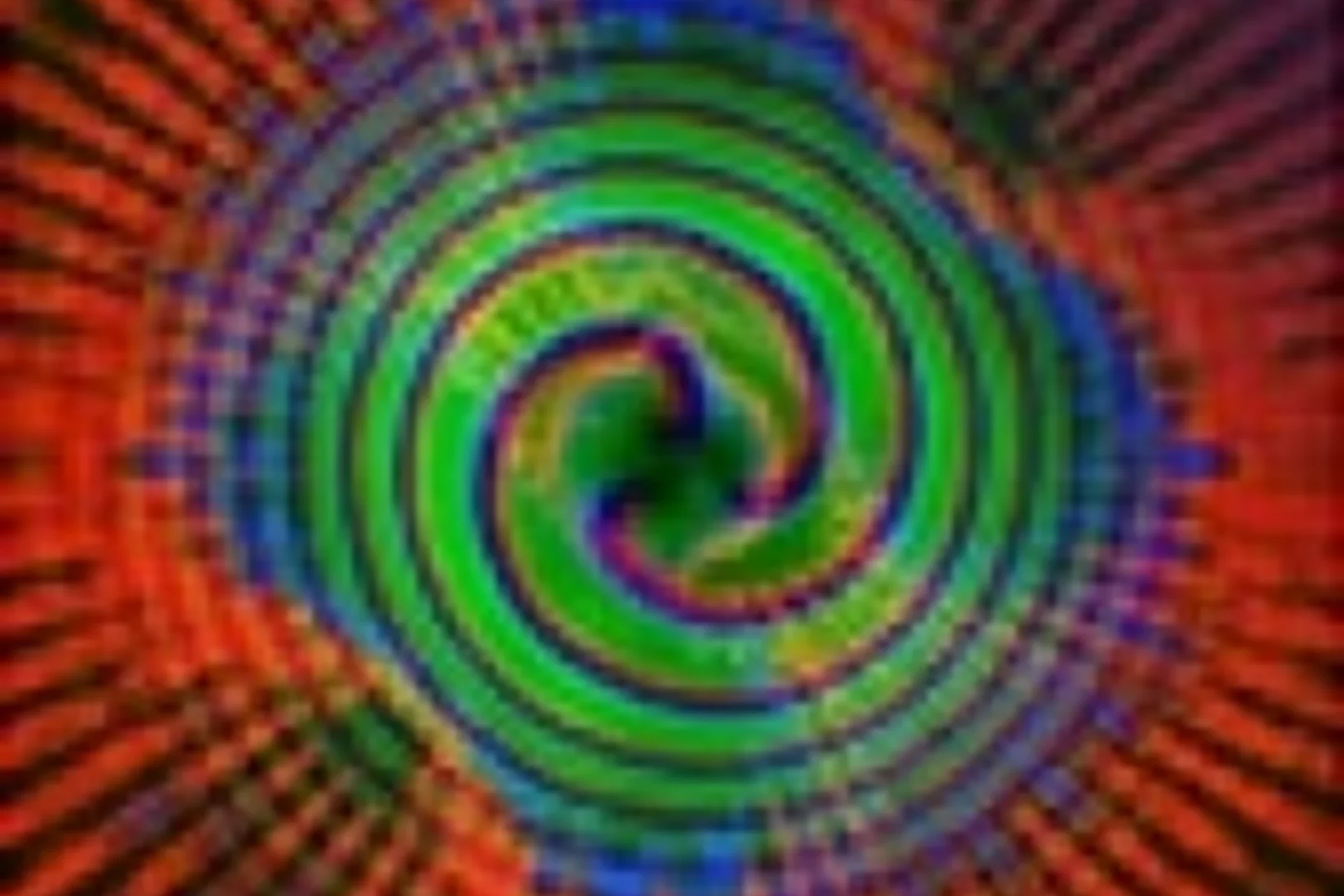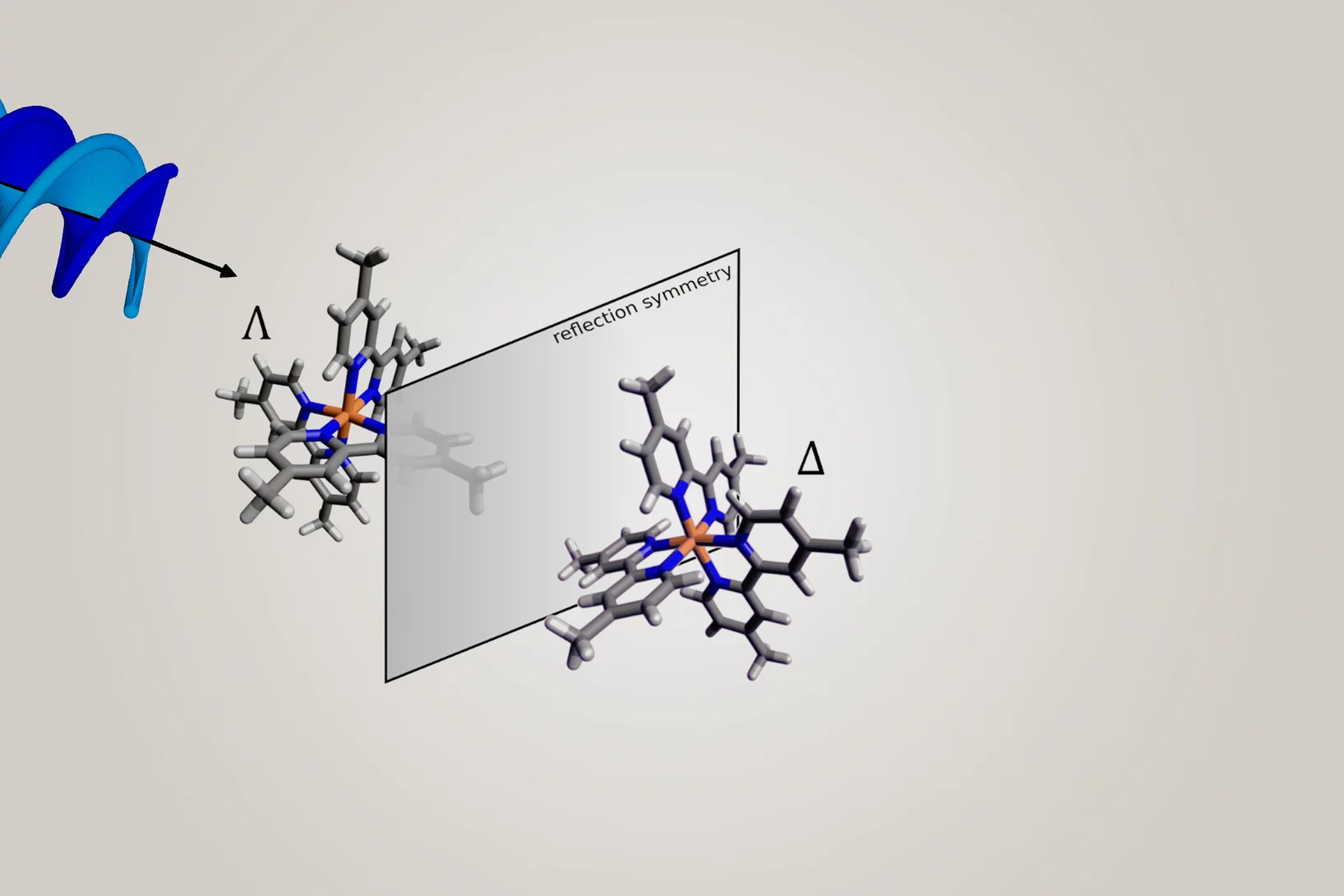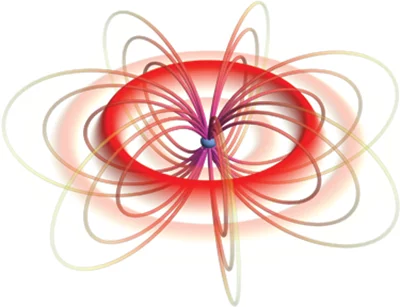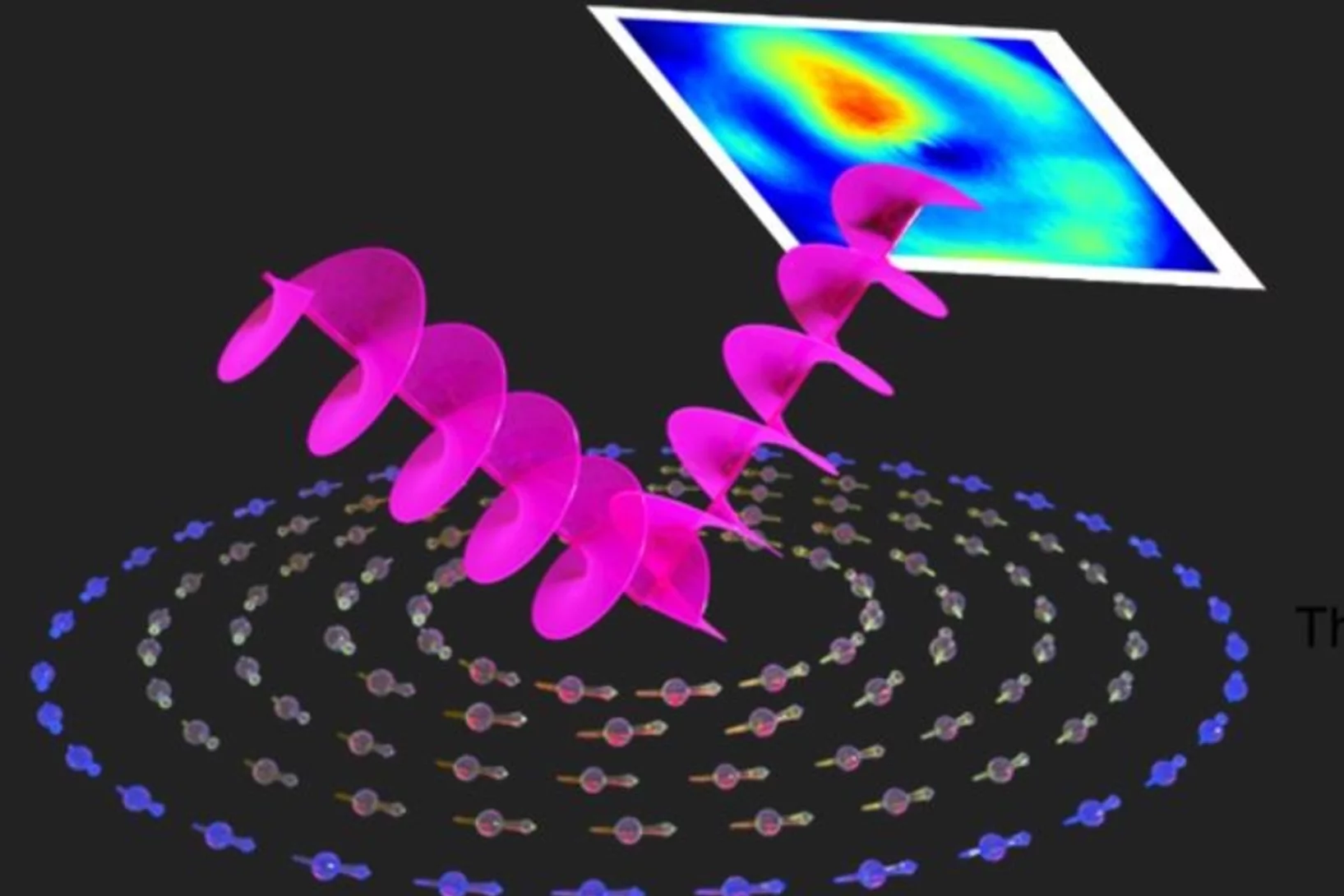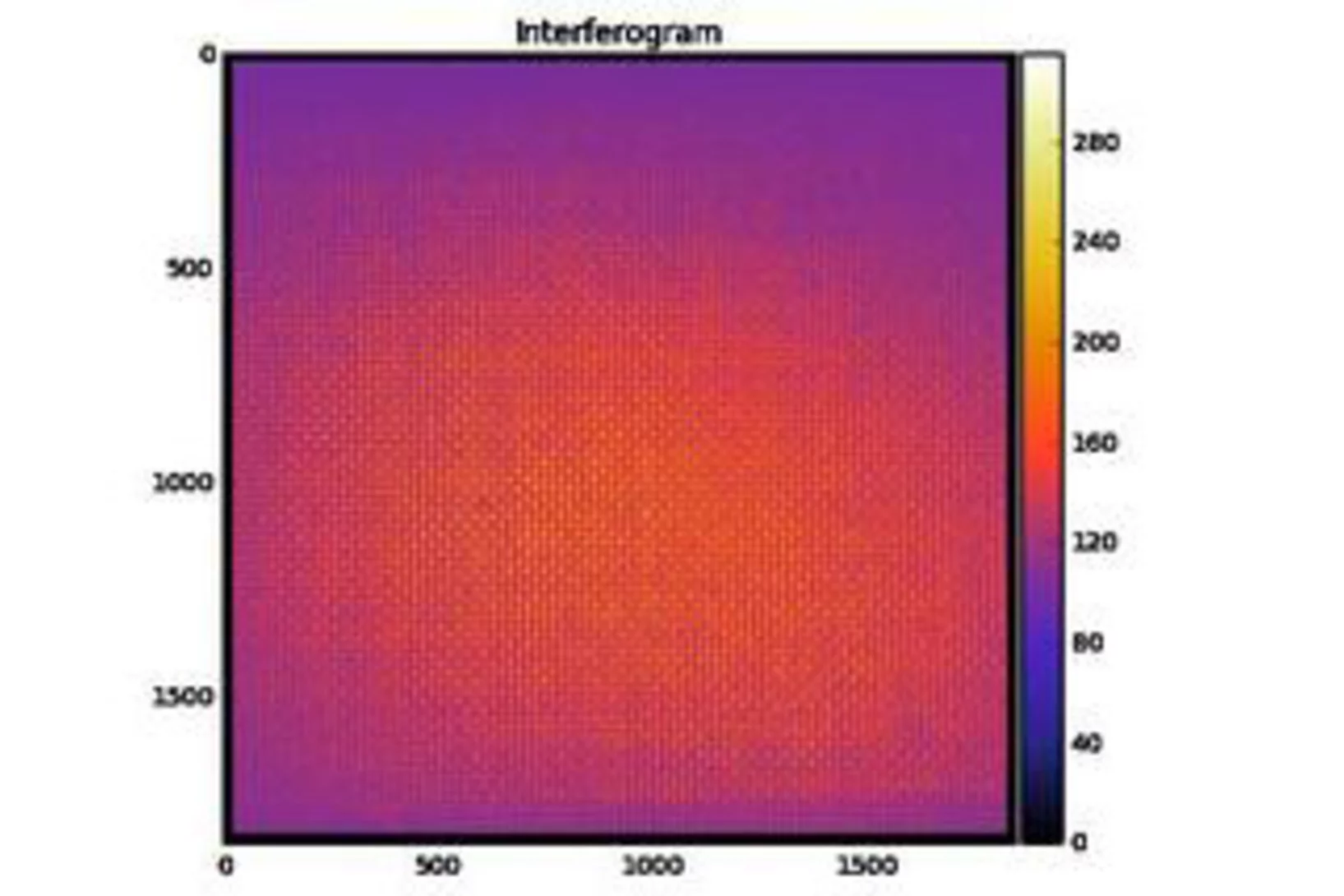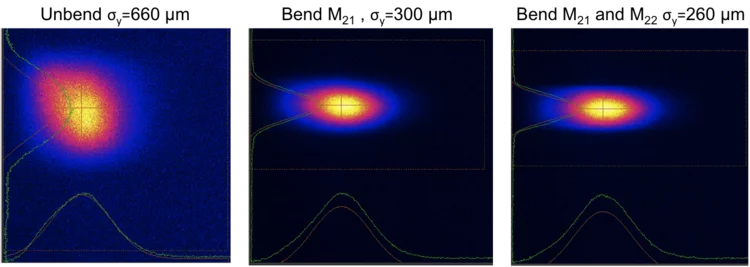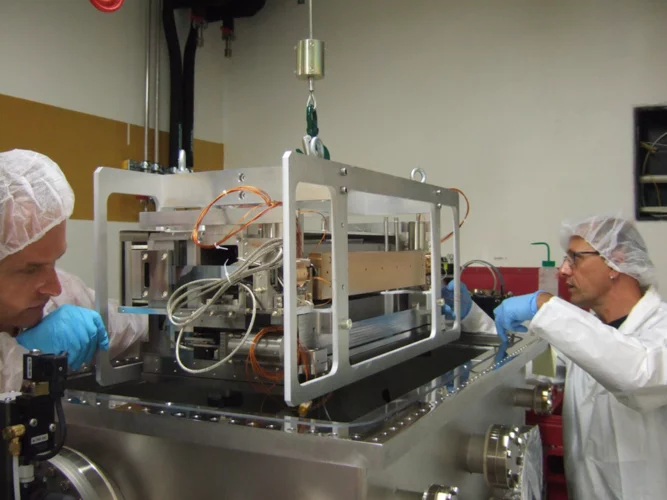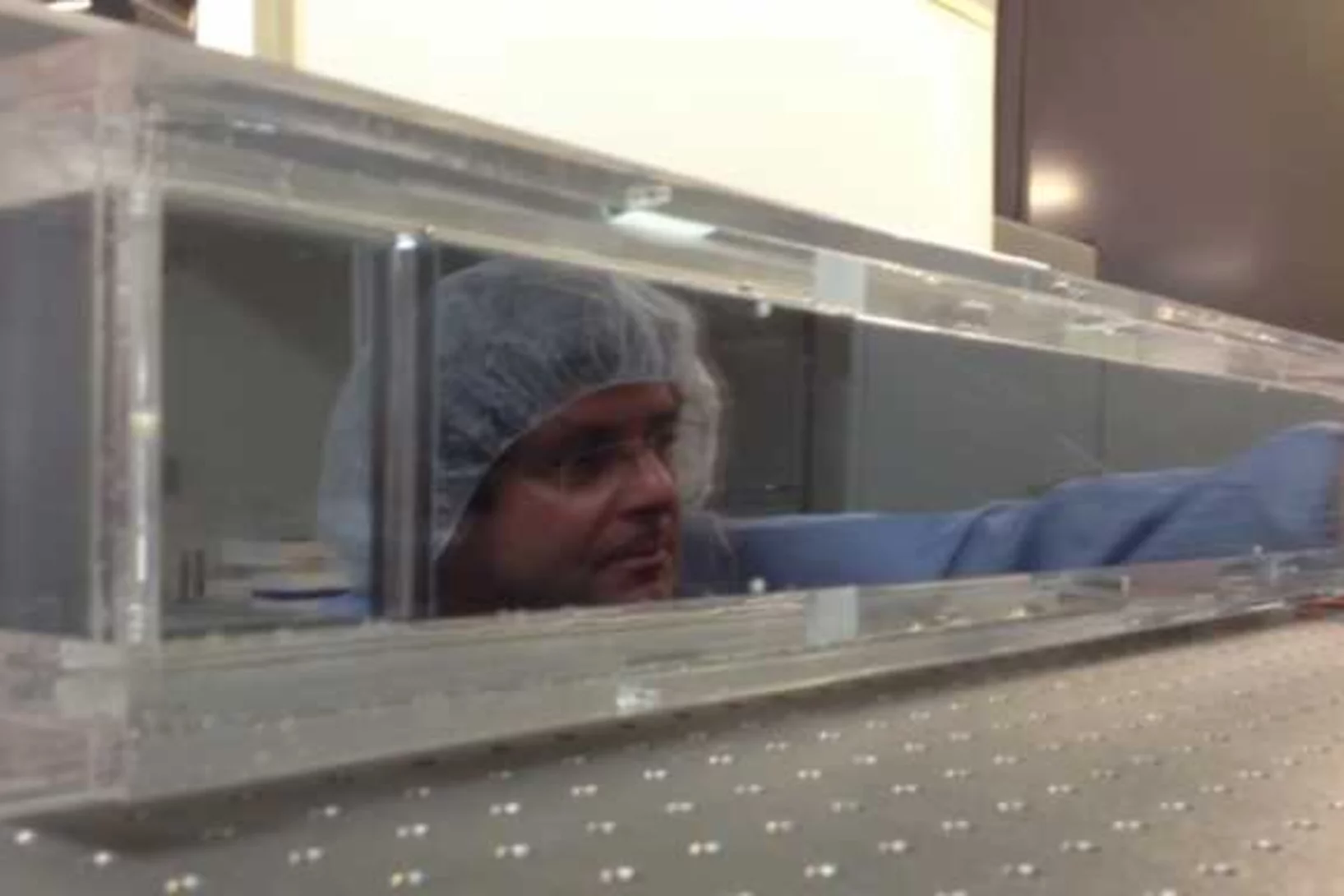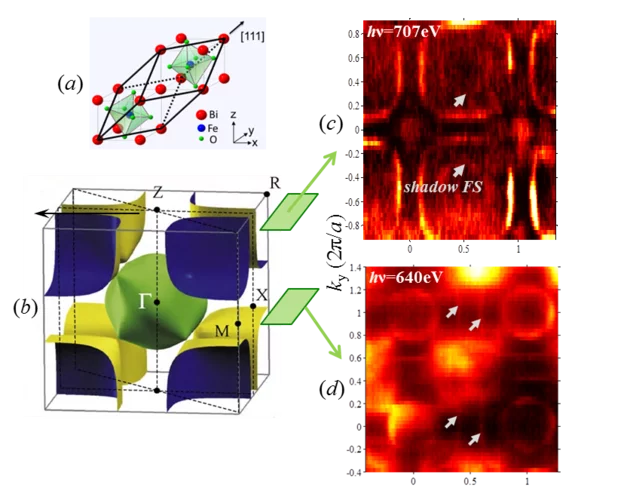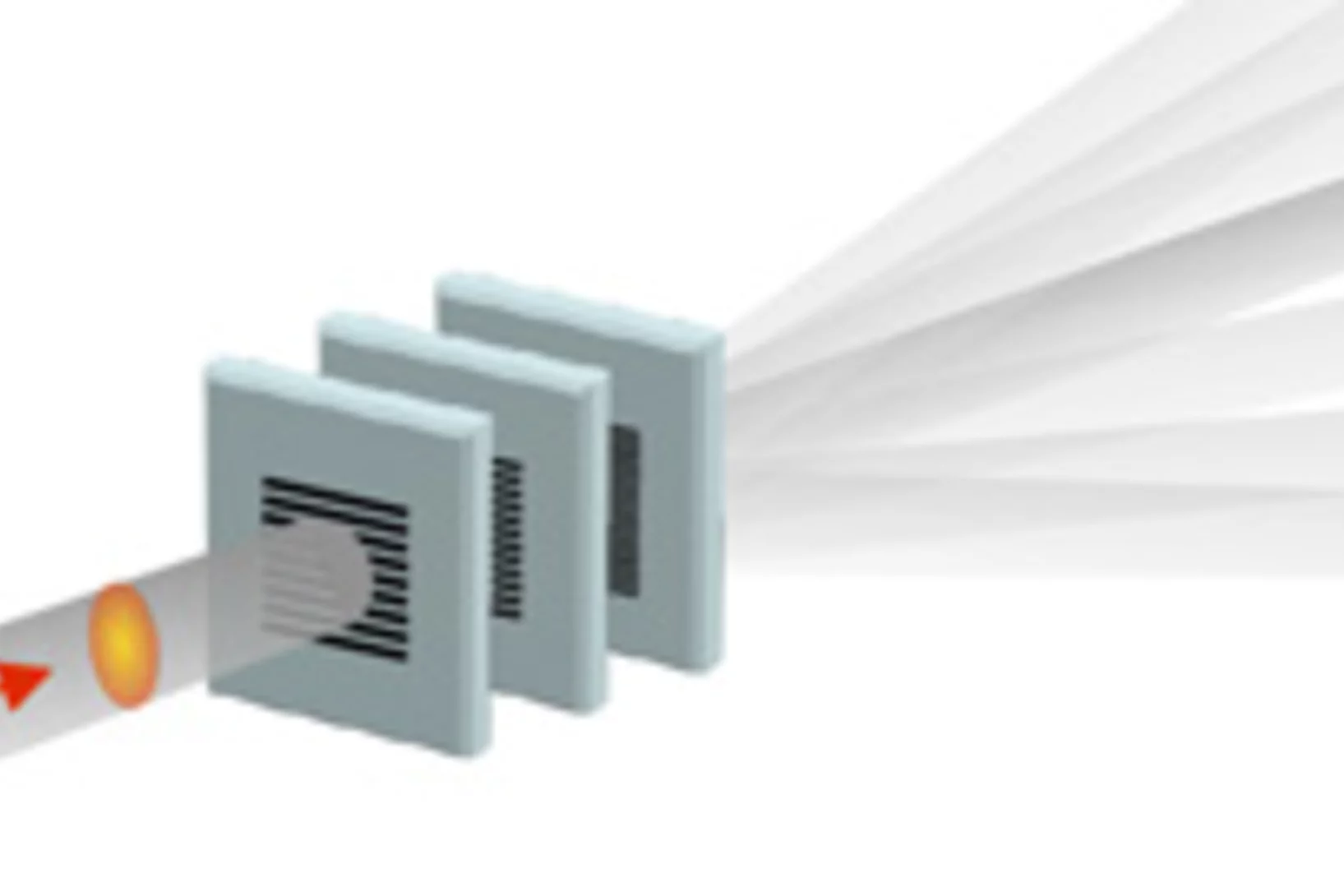New Monochromators for SLS 2.0
The brand-new monochromators that have been built by XDS Oxford for the hard X-ray beamlines at SLS 2.0 have now arrived. They were unpacked beginning of the week, and are currently being tested in our new lab space at Park Innovaare. These advanced instruments will play a crucial role in enhancing the beamline performance, ensuring superior precision and efficiency in the upcoming experiments.
High-resolution ptychographic imaging at a seeded free-electron laser source using OAM beams
Electromagnetic waves possessing orbital angular momentum (OAM) are powerful tools for applications in optical communications, quantum technologies, and optical tweezers. Now, a consortium of collaborators in France, Italy, Slovenia, Spain, Switzerland, Sweden, and the US reports on using such beams in the extreme ultraviolet region for ptychographic imaging in the cover page article of Optica 11, Issue 3. By controlling the topological charge, the researchers achieve an improvement of 30% in image resolution.
Différencier plus facilement les molécules chirales
Des chercheurs ont démontré que les rayons X dotés d’un front d’onde hélicoïdal permettent de mieux différencier les énantiomères, des molécules qui sont les images-miroir l’une de l’autre.
Light-Induced Magnetization at the Nanoscale
Targeted manipulations of an atom's magnetic moment are tricky, as the charge currents used for this process are extremely difficult to control . Now, a consortium of collaborators in Germany, Switzerland, Slovenia and Italy reports on a solution to this problem in the cover page article of Physic Review Letters 128, Vol. 15. As it appears, the magnetization of an atomic gas can be altered by high-power lasers using a patterned wave front. The method is promising for studying and manipulating the magnetic properties of matter at the nanoscale.
Light springs and magnetic vortices: a new kind of dichroism
In contrast to circular dichroism that is dependent on the polarization, helicoidal dichroism induced by a twisted wave front profile is scarcely known. The first evidence of magnetic helicoidal dichroism has now been observed in an experiment using Spiral Fresnel Zone Plates developed at the Paul Scherrer Institut.
A first glance at the SwissFEL x-rays wave-front
X-ray Free Electron Lasers (XFELs) combine the properties of synchrotron radiation (short wavelengths) and laser radiation (high lateral coherence, ultrashort pulse durations). These outstanding machines allow to study ultra-fast phenomena at an atomic level with unprecedented temporal resolution for answering the most intriguing open questions in biology, chemistry and physics.
First beam in optics hutch
On August 31st, 2017, SwissFEL reached the next milestone by sending the first X-rays into the Optics Hutch. The Aramis undulators of SwissFEL produced SASE-radiation with 1.2 nm wavelength. The beam entered the Aramis-beamline along the pink beam path of Bernina via two vertical offset mirrors and was detected on the diagnostic photon screen at the end of the Optics Hutch. A stable and well shaped beam with a diameter of 1.5 mm was observed. With the bendable offset mirrors we were able to manipulate the profile to enlarge and reduce the vertical its size from 660 µm (rms) down to 260 µm (rms) without introducing distortions. The gas based intensity and position monitor in the frontend could be calibrated and determined a pulse energy of approximately 5 µJ. We are now looking forward to the next commissioning time in October to commission the monochromatic beam path of Bernina and the second branchline Alvra.
First SwissFEL Mirror Units ready to take X-rays
On May 11, 2017 the vacuum chambers of the first two offset mirrors have been closed eventually with the final gold- wire gasket and pumped down to ultra- high vacuum (goal: 1e-9 mbar). These mirrors are the key elements to switch the X-rays between the experimental stations. In pink beam mode they are the only optical elements for the X-rays on their way from the undulator down to the Alvra experiment.
First ultraprecise mirror for SwissFEL arrived at PSI
Mirrors are key elements to distribute and shape the Xray beam generated by the undulators of the SwissFEL facility. They are essential tools to guide and focus the light according to the specific users requirements and should do this without noticeable effects on the beam quality. A quantitative measure is the quality of the beam wavefront. The wavefront must be conserved by the optical elements in the SwissFEL beamlines within a fraction of the wavelength which can be as short as one Angstrom in the case of Aramis. There are only few companies in the world, who are able to fabricated such ultraprecise mirrors.
Fermi Surface of Three-Dimensional La1−xSrxMnO3 Explored by Soft-X-Ray ARPES: Rhombohedral Lattice Distortion and its Effect on Magnetoresistance
A research team led by scientists from the Swiss Light Source has for the first time established three-dimensional (3D) electronic structure of the perovskite compound La1−xSrxMnO3 connected with its colossal magnetoresistance. Instrumental for this study has been the use of the new experimental technique of soft-x-ray ARPES, available at the ADRESS beamline, with its intrinsically sharp definition of 3D electron momentum.
Fractionner une impulsion de rayons X pour visualiser des processus ultra rapides
Le laser à rayons X SwissFEL du PSI permettra de visualiser les différentes étapes de processus très rapides. Un nouveau procédé devrait rendre possibles des expériences encore plus précises : il consiste à fractionner chaque impulsion de rayons X, et à faire en sorte que chaque fraction de l’impulsion atteigne l’une après l’autre l’objet étudié. Le principe de ce processus rappelle celui de l’ancienne chronophotographie.

